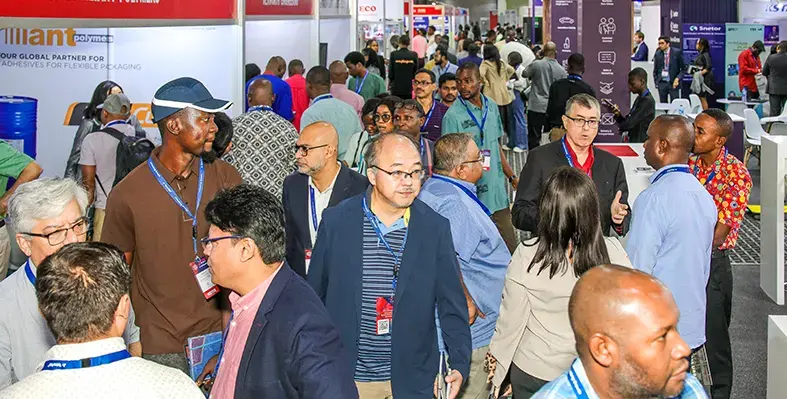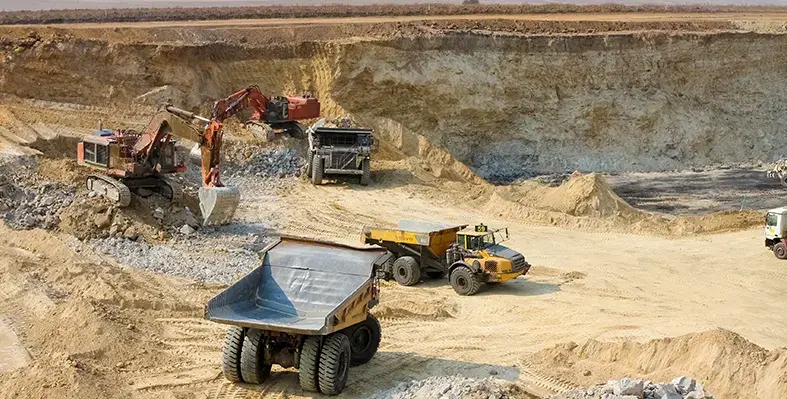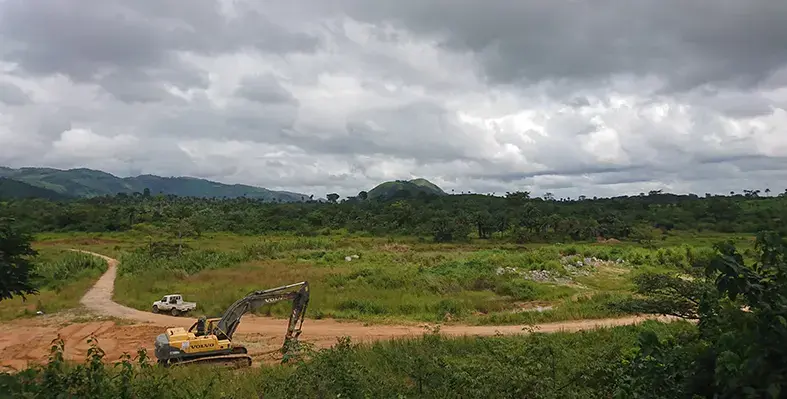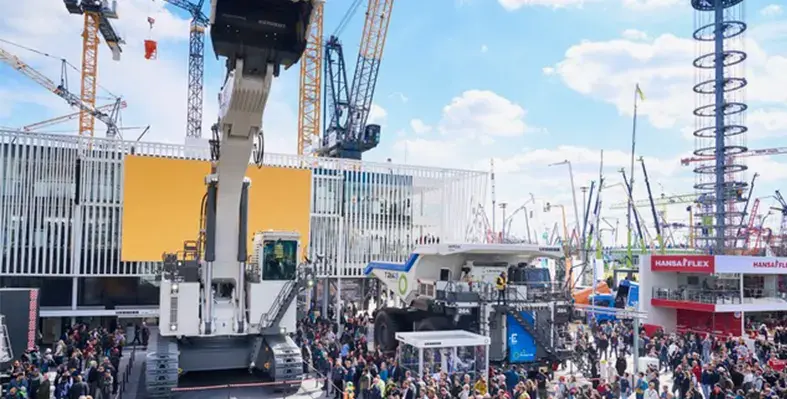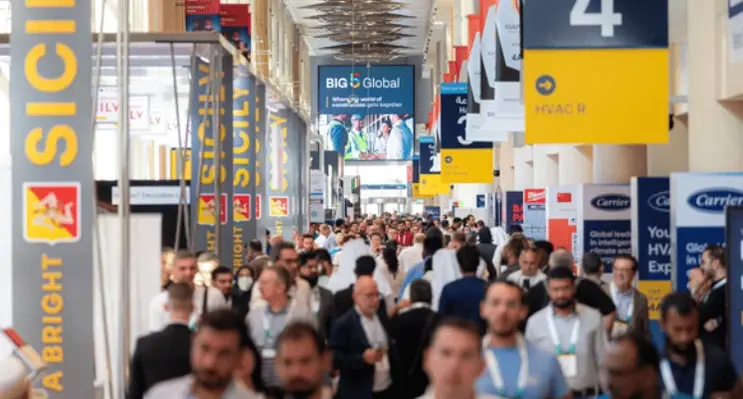
Big 5 Global unites global suppliers, innovators and policymakers to support resilient, efficient and sustainable construction. (Image source: Big 5)
Across the Middle East, Africa and South Asia, rapid urban expansion is reshaping economies at an extraordinary pace. With the United Nations forecasting that nearly 68% of the world’s population will live in cities by 2050, Africa in particular faces surging demand for housing, transport networks and large-scale urban infrastructure
As construction activity intensifies, industry stakeholders are turning to Big 5 Global (www.Big5Global.com) to source technologies and solutions that reinforce supply chains, boost efficiency and support sustainable development.
Welcoming participants from more than 165 countries, with 70% of solutions presented by international exhibitors, Big 5 Global serves as a gateway linking Africa’s construction community with a worldwide ecosystem of manufacturers, suppliers and technology providers.
Strengthening supply chains for project delivery
Big 5 Global hosts 2,800 exhibitors and showcases over 60,000 products, systems and services designed to enhance the reliability of construction operations. International pavilions from Germany and Italy return with advanced building materials such as high-performance concrete, cement, marble and stone technologies. India expands its presence with innovative MEP and smart construction systems suited for large projects across the Middle East and Africa. Austria and Pakistan also rejoin the event, displaying modular building solutions, interior systems and cost-efficient MEP technologies that streamline execution. Additional exhibitors from Armenia, Croatia, Hungary, Jersey, New Zealand, Norway and Serbia further widen procurement options for buyers seeking resilient and diversified sourcing channels.
“As Africa accelerates its infrastructure development agenda, collaboration across borders has become vital to advancing sustainable and resilient construction,” said Lufuno Ratsiku, president, South African Council for the Projects and Construction Management Professions (SACPCMP) and managing director, Gentec Consulting. “Big 5 Global provides an essential meeting point for this exchange, connecting implementers, policymakers and innovators under one roof. Beyond theoretical discussion, it enables high-impact dialogue on urban development, construction and technology solutions, helping position Africa’s industry professionals at the forefront of regional growth and resilience.”
With regional demand rising, digital technologies are rapidly transforming procurement and project execution.
Technology reshaping procurement and construction workflows
At Digital Construction World, leading companies such as Autodesk, Nemetschek Group, Odoo, Premier Construction Software, Procore Technologies, RIB Software and Trimble highlight digital tools that improve transparency and coordination across supply chains. Odoo offers an integrated suite linking procurement, HR and operations, while Premier Construction Software simplifies budgeting and project management. Trimble demonstrates automated solutions that reduce site rework by up to 25%, directly improving project timelines and profitability. Meter Technology showcases its fully integrated digital platform that modernises surveying and engineering workflows by removing long-standing inefficiencies.
Ahmed Al-Ansary, chairman, founder and CEO of Meter Technology, commented, “Meter transforms surveying and engineering from traditional to tech-driven. As the world's first fully integrated digital platform, we've eliminated decades-old inefficiencies. Our AI-powered system completes complex projects within 48 hours with exceptional precision across nine countries. Big 5 Global offers the opportunity to connect with industry leaders and explore sector development worldwide under ‘From the UAE to the World’, where geospatial and engineering digital innovation forms the foundation of real estate sustainability.”
Sustainable manufacturing and advanced material innovation
Several global exhibitors are also reimagining material production, transportation and reuse to reduce environmental impact. China introduces a new Eco-Friendly Zone built entirely from recyclable materials and dedicated to low-carbon construction solutions.
Grundfos Gulf Distribution highlights high-efficiency pumping systems designed to cut water and energy consumption. Deewan Equipment Trading LLC presents modular and precast manufacturing plants that reduce onsite waste and speed up project timelines. Hitech Concrete Products showcases precast hollow-core and insulated wall systems engineered for superior thermal performance and lower material use.
GF returns with advanced MEP and sustainable building technologies that support efficient construction and environmentally conscious project delivery. "The region is pursuing one of the world’s most ambitious development programs, where sustainable water management is key to realizing this vision. GF is uniquely positioned to support this progress through its comprehensive solutions portfolio, our local presence including manufacturing, offsite-manufacturing and customer experience facilities, long-standing regional partnerships and dedicated teams who understand the market’s unique challenges," said Michael Rauterkus, executive committee member of GF and president of GF Building Flow Solutions.
These collective contributions are helping the UAE build smarter cities aligned with long-term net-zero ambitions.
“As rapid urbanisation increases demand for project efficiency, quality and delivery, the global construction landscape must accelerate efforts toward net-zero goals and cross-sector collaborations,” said Josine Heijmans, senior vice-president, dmg events. “Big 5 Global continues to connect government entities, international manufacturers and regional stakeholders, helping strengthen construction supply chains and advance sustainable growth across the built environment.”





